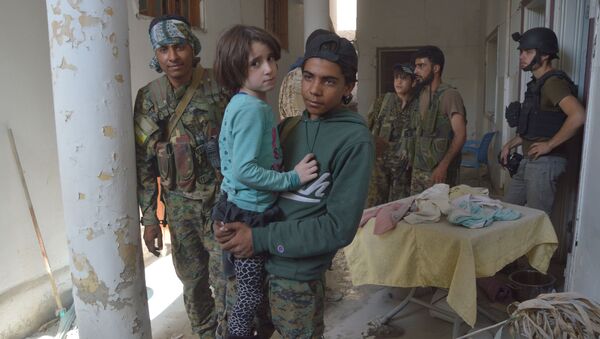"During a visit to the city in late January 2018, Human Rights Watch collected information from the Kurdish Red Crescent and international medical organizations working in the area," the release said. "They found that between October 21, 2017 and January 20, 2018, mines injured at least 491 people, including 157 children, many of whom died."
The actual number of victims is surely higher, as many people died before reaching medical assistance and those deaths were not necessarily reported, the release said.
The Daesh terrorist group planted scores of antipersonnel mines in Raqqa before US-led forces liberated the city in October 2017, including booby traps or improvised explosive devices (IEDs), and most appeared to be victim-activated and therefore banned under international law, the release said.
READ MORE: US-Backed Forces Might Have Caused Destruction of Key Bridge Over Euphrates
As a spokesperson for Operation Inherent Resolve, the US military's operational name for the intervention against Daesh, reported in October, hundreds of suspected Daesh members and their families were allowed to flee Raqqa in convoys arranged by US-backed forces. According to Special Presidential Envoy for the Global Coalition to Counter Daesh Brett McGurk, the terrorists placed explosive devices in almost every single building the city's downtown.
READ MORE: US-Backed SDF Troops' VIDEO Shows Daesh Being Allowed to Leave Raqqa


